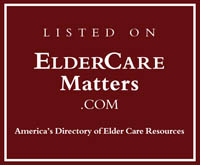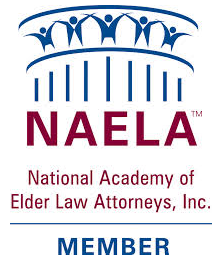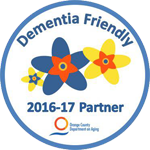Important Questions to Ask
When writing your living will, give serious consideration to the kind of treatments you want. Questions to ask yourself include:
- How important is it to be independent and self-sufficient?
- What would make me feel that my life was not worth living?
- Do I want treatment to extend life in any situation?
- Or only if a cure is possible?
- How might my decision about life-sustaining treatment be different if I was 50, 70 or 90 years old?
- Would the treatment lessen my suffering?
- What kind of burdens and side effects will the proposed treatment impose?
- What are the potential benefits and risks associated with CPR, a feeding tube, ventilation, etc.?
(Adapted from Mayo Clinic and American Hospice.)
Weighing CPR
When a person stops breathing or the heart stops beating, medical personnel administer CPR, which can consist of two stages: chest compressions (forceful pressing on the chest to stimulate the heart) and artificial respiration (mouth-to-mouth rescue breathing). In addition, personnel may use electric stimulation and special medicines to resuscitate a stopped heart. CPR can help keep oxygenated blood circulating through the body, which can help prevent brain and organ damage. Without CPR, a person is likely to become unconscious almost immediately and will die in 5-10 minutes.
However, when a patient has an advanced life-threatening illness (such as late stages of cancer) and is dying, CPR may not provide any benefits (Family Doctor). Additionally, the survival rate after CPR is only 15 percent, but it decreases to 2 percent for the frail and elderly (Allina Health). If successfully, CPR may result in a sore chest, broken ribs or a collapsed lung, especially in elderly patients with fragile bones. Though they may survive, those especially who are older and/or frail may have a drastically reduced quality of life, suffer from brain damage or other health complications, and may require ongoing medical support (e.g., ventilator).
Other Treatment Considerations
Other treatment considerations to consider when executing a living will include (adapted from the Mayo Clinic and American Hospice):
Mechanical ventilation. A person who is unable to breathe sufficiently may need to have a tube inserted down the nose or throat (referred to as intubated), or surgically through the neck, into the trachea. This connects to a ventilator (breathing machine), which breathes for the patient. However, for those with certain lung and heart diseases, the likelihood of resuming normal functioning after removal from the ventilator is low. Intubated patients can’t talk and may need medicine to keep them comfortable. Some patients who survive may need to be on a breathing machine in the intensive care unit (ICU) for a while. Bacteria in the tubing can result in pneumonia, and patient immobility can lead to psychosis, skin breakdown and progressive weakness.
Nutrition and hydration assistance. To keep a patient alive, medical professionals will automatically supply the body with nutrients and fluids intravenously or via a feeding tube. If you are seriously ill or close to death, life-sustaining treatment will not be stopped unless spelled out in your advance directives. Permanently unconscious patients can sometimes live for years with artificial feeding and hydration. If food and water are removed, death will occur in a relatively short time due to dehydration, rather than starvation. Such a course of action generally includes a plan of medication to keep the patient comfortable.
Admission to the ICU. The ICU is generally meant for a person who is reversibly critically ill and who desires full resuscitation should cardiorespiratory arrest occur. But patients can suffer from isolation, as visitors are restricted, and immobilization, as well as disruption by light, noise, diagnostic tests and therapeutic interventions, which are uncomfortable and potentially painful. A frail patient is prone to develop ICU psychosis.
Additional Considerations
Including a do-not-resuscitate (DNR) order in your living will may only prevent CPR, not other life-saving measures. Some people add a DNI—do not intubate. An alternative that is gaining popularity is AND—allow natural death. An AND advises doctors to offer only comfort measures, because any other aggressive treatment, such as intubation, may only prolong suffering. AND also conveys a positive, and perhaps gentler, message to those who must decide whether to continue life-saving measures for their loved one.
If your illness is terminal, you can also request in your living will that you want palliative care, which focuses on quality of life and dignity by helping a patient remain comfortable and free from pain until life ends naturally.
Some living wills encompass more than just DNR or DNI requests by spelling out your thoughts about dying, which can be more helpful to your doctors, friends and family when deciding what kind of end-of-life care you want. One of the more well known is Five Wishes, which goes beyond medical issues to deal with personal, emotional and spiritual concerns.
CAROLINA ESTATE COUNSEL offers free consultations on this and all Elder Law and Estate Planning, Medicaid and VA Aid and Attendance planning questions.
Write us today: rick@carolinaestatecounsel.com
Or Call: Rick Messemer, Certified Senior Advisor, Community Liaison– 919-656-2959
Kevin Huston, Elder Law Attorney- 919-450-8086











